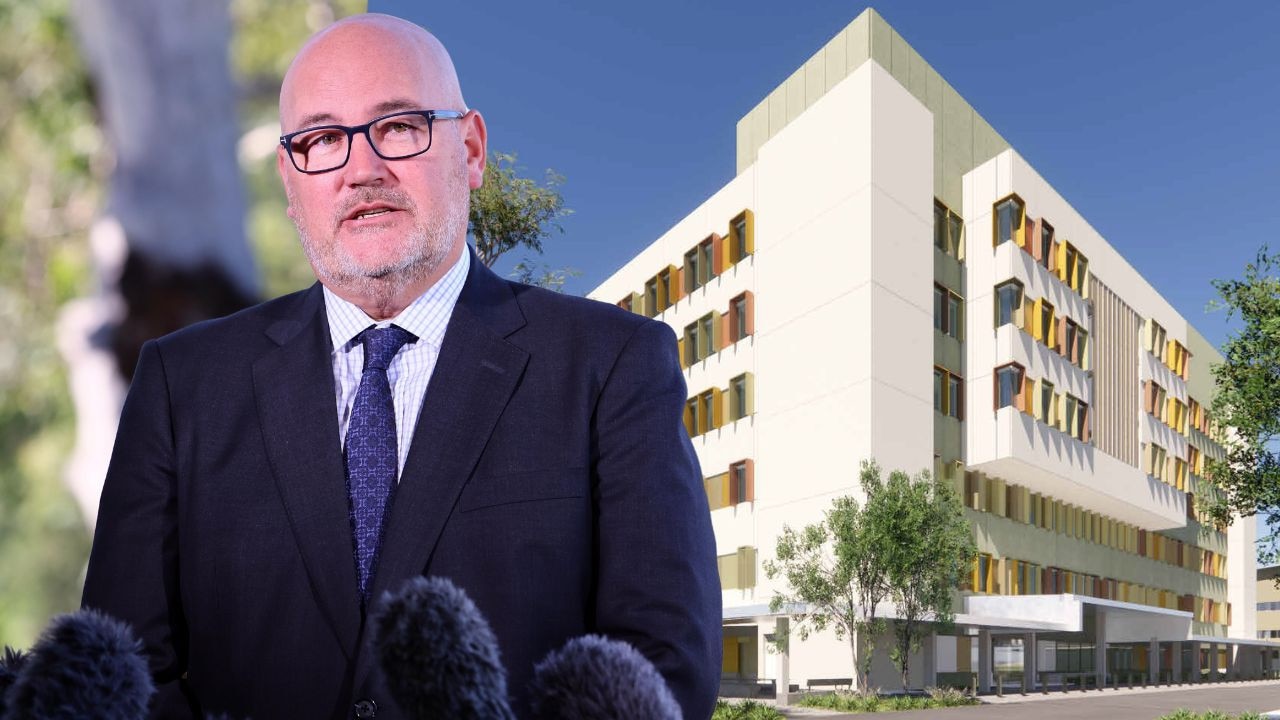Townsville Bulletin celebrates 140 years of history
From humble beginnings as a thin, biweekly edition, the Bulletin has evolved to become a vibrant daily paper complemented by a world class print site and industry leading website. Take a walk down 140 years of memory lane

Townsville
Don't miss out on the headlines from Townsville. Followed categories will be added to My News.
This week the Bulletin celebrates 140 years of delivering the news for North Queensland.
From humble beginnings as a thin, biweekly edition, the Bulletin has evolved to become a vibrant daily paper complemented by a world class print site and industry leading website.
The Bulletin, as well as the region, has come a long way.
Townsville Bulletin editor Craig Warhurst said while there had been much change for the newspaper over the past 140 years, the core value of fighting for what was right for the North remained unchanged.
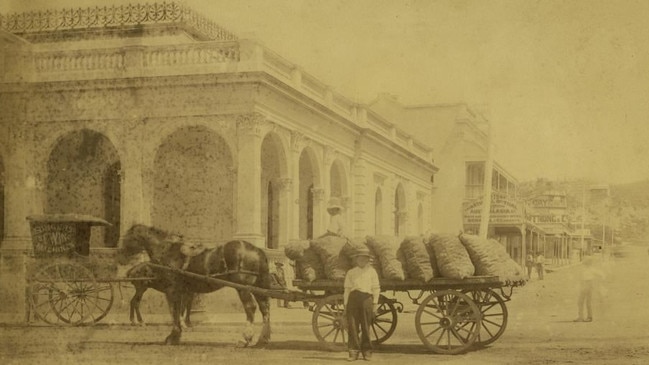
“We’ve been a part of the conversation with people for 140 years and we’ve always, at the core of the business, been for celebrating what’s good about living ‘up north’ and supporting those who seek to improve our chances of success,” Mr Warhurst said.
“The paper is unashamedly for North Queensland and will continue to be so.”
Mr Warhurst said while digital technology and online news was the future of the company, print is still the cornerstone of the masthead.

“Print is so crucial to our business and the community,” he said.
“There is nothing like a front page splash to show state and federal politicians, the mayor and councillors that something is important.
“A front page carries more weight than any digital story package can, people stand up and take notice.
“A front page and a week-long series of spreads in the paper is still the most powerful way to get a point across and build pressure and momentum.”
But it is not just decision-makers who understand the power of print.
Research shows regional print is the most trusted media and ads in regional print products are the most trusted ads,” Mr Warhurst said.
“Now the advertising team can offer clients more than ads in the paper and on our online sites,” he said.
“NewsCorp’s, NewsXtend is one of the most powerful ways to market a business over the internet.”
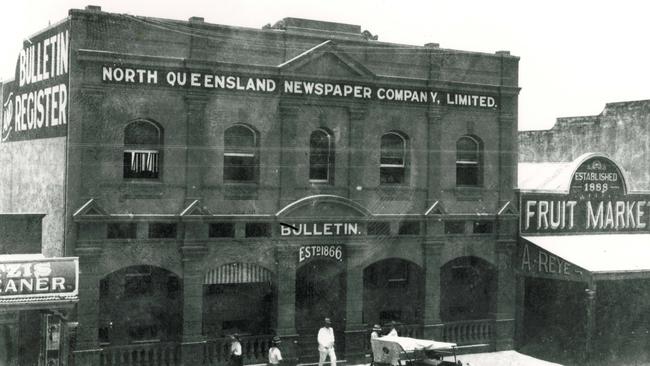
Mr Warhurst said the company’s digital offering complemented the print product and allowed the team to target new and emerging trends.
“Back when I first started as editor at The Gympie Times I got one report a week,” he said.
“That report had data on newspaper sales from two weeks ago.
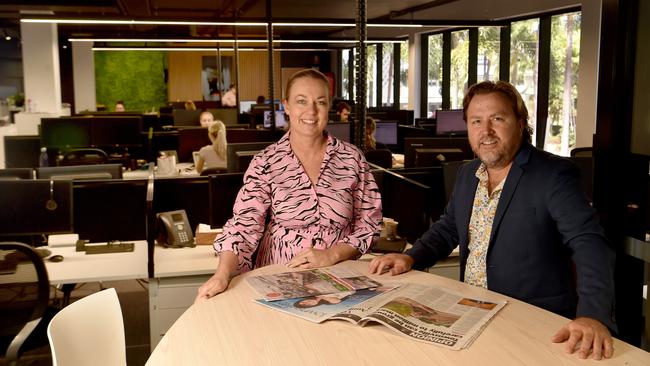
“I studied the front pages and worked out what stories sold more copies.
“We learnt from that each week and tried to improve what we did.
“Now it’s not only paper sales but digital subscriptions.
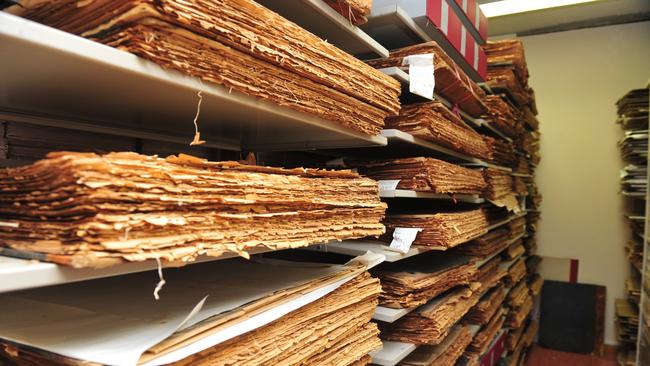
“My one report a week is gone, replaced with three reports each morning and a suite of dashboards that tell us how well we are going each second of every day.
“We have new subscriber numbers, page view numbers, time on site numbers, engagement scores and even a scorecard for the amount of non-subscribers trying to read each individual story.
“Journalists are taught to read their own personal reports and understand what stories work for them and their round.
“They are encouraged not to write stories that people don’t want to read and market their stories via social media.
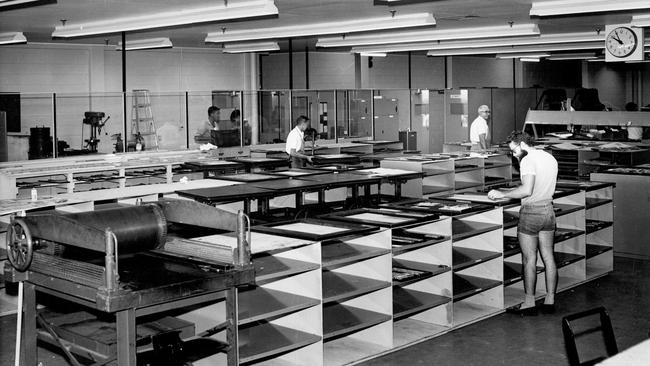
“It is a massive shift in our work flows and shows how News Corp is using technology to try to get ahead of the curve.
“For us in Townsville it’s working.
“The team has been working hard and kicking important goals for the health of our business.
“And why are subscribers so important.
“That money pays for the 22 editorial staff at the Bulletin, the largest news team in the region.
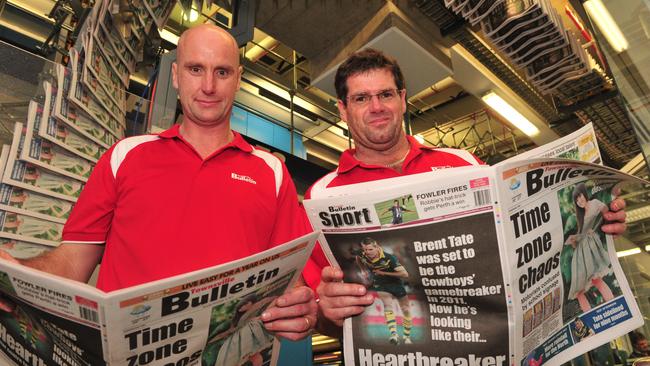
“Those journalists allow us to hold politicians to account, inform our readers of issues important to the region and most of all campaign for things to benefit North Queensland.”
Currently the Townsville Bulletin has about 18,500 subscribers which is just under 10 per cent of the population.
“That’s one of the best penetration rates in the country,” Mr Warhurst said.
“Our subscriber page views grew by 110 per cent, another record and the highest number of all regional newsrooms in the country.
“The number of new subscribers we attracted from Facebook was more than 4500, the highest number of any newspaper in the business.”
Looking back over the past 140 years, Mr Warhurst said it was incredible to see all the Bulletin had achieved and he was excited to be a part of the paper’s bright future.
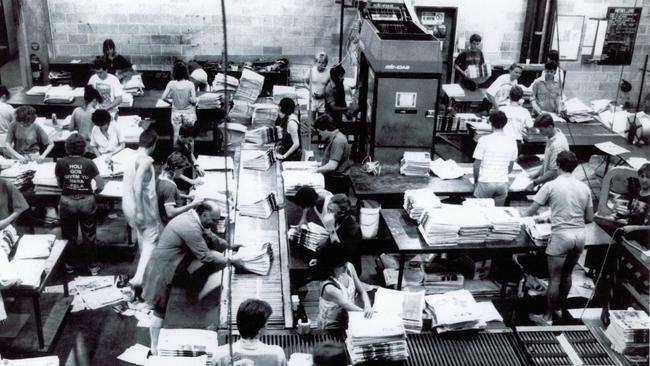
“I’m extremely proud of being editor of the Bulletin,” Mr Warhurst said.
“But it’s a daunting reputation to live up to.
“The paper has an amazing history of fighting for the region and winning campaigns.”
And fighting for the region and winning campaigns is exactly what the Bulletin will continue to do.
’There’s never been a day the paper has printed’
Every night the dedicated team at the Townsville Print Centre is responsible for ensuring the printed copies of the Townsville Bulletin are ready to hit the shelves and be delivered to homes first thing the next day.
But the Townsville Print Centre is so much more than just a site for printing the Townsville Bulletin.
“We print a whole suite of news products and products for well established commercial print clients,” Townsville Print Centre operations leader Matt Richards said.
The site, which is reigning News Media Print Centre of the Year after winning the title in both 2018 and 2019 has national clients including JB Hi-Fi, the Good Guys, Chemist Warehouse and Harvey Norman.
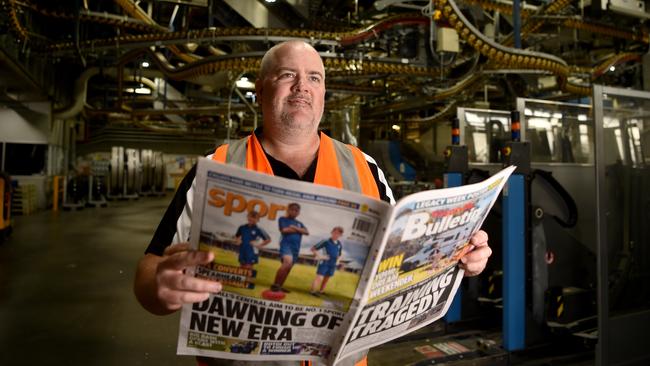
There is also a range of privately owned commercial clients, including regional newspapers, serviced by the print centre.
The site prints everything from magazine-style publications to newspapers on the 160 page tabloid press and has stitching and gluing capabilities.
The Townsville Print Centre is equivalent to the largest printing press in Australia and features a Manroland Geoman press with publishing equipment from Swiss company Ferag after a $52 million investment by News Corp in 2010.
Mr Richards said the success of the centre largely came down to the number of highly experienced staff and safety culture of the site.

“We have trade qualified printers, fitter and turners, electricians, stores and publishing staff with a full-time base of 19 staff and 30 casuals,” Mr Richards said.
“It is also a really safe print site with no workplace injuries for the past nine years.”
Mr Richards, who himself has worked at the centre for 18 years after starting out as a night shift printer, praised the number of long-serving staffers including Steve Phillips and Rob Delaney who have worked at the print site for 40 years and 38 years respectively.
He said without such an experienced and dedicated team the site would not be able to operate at such a high level.
But he was quick to point out that all members of the team played a vital role in the centre’s success.
Each week the Townsville Print Centre prints about 60 different newspaper editions for well over half a million individual papers.
The site uses more than 80 tonnes of paper per week as well as 500kg of cyan, magenta and yellow ink and 800kg of black ink. The site also consumes approximately 6000 print plates per week.
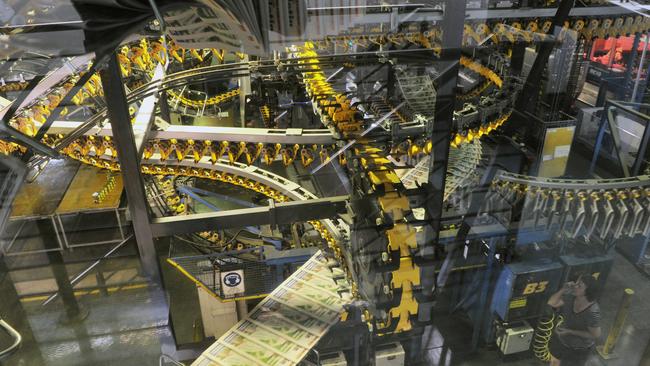
Despite the range of resources required to print multiple products, Mr Richards said there was a strong focus on sustainability at the site.
“Everything we do here, if we don’t sell it we recycle it,” Mr Richards said.
“And everything we sell we expect consumers to recycle.
“All of the paper used is from renewable forests.”
From the hot press to subscriptions, writes Tony Raggatt
IN a time of news on demand, when the topics of the day are sent to your phone, it seems incredible that a journeyman like me is still in newspapers.
When I began the industry was still using hot metal typesetting. This was an innovation of the 1880s where the operators of linotype machines cast a line of type, measuring the width of a newspaper column, using a mixture of molten lead, tin and antimony.
All those countless metal lines or slugs would be formed up and clamped together on a table or stone to create the plate from which a single page would be printed.
It was laborious. Scores of people were required on the production floor of a paper like the Townsville Bulletin.
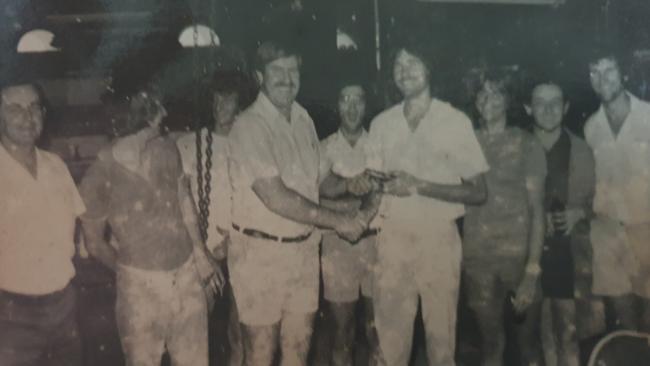
Hot metal typesetting was commonly used in newspaper production right up to the late 1970s when I was accepted for a cadetship on The Northern Miner in Charters Towers.
I was employed by then editor Harry Bligh, partly on the recommendation of his reporter Ian MacDougall who was a friend of my family.
Later I worked under a new editor, Max Tomlinson, who also edited other newspapers in the region and became general manager of North Queensland Newspapers.
When I was employed the company used Charters Towers as a testing ground to introduce the new phototypesetting and computer technologies.
I recall company chairman Ron McLean shaking his head and telling me that much of the savings in the use of the new technologies were being chewed up in equipment costs and the need for technicians.
I later worked at the Townsville Bulletin and other newspapers including The Australian. But Townsville has been my home and it has been a privilege to continue to work at the Bulletin with so many wonderful people.
As I now publish stories, complete with photos, videos and links to other related content on our website from my computer, I can only marvel at the changes which have occurred.
Originally published as Townsville Bulletin celebrates 140 years of history


